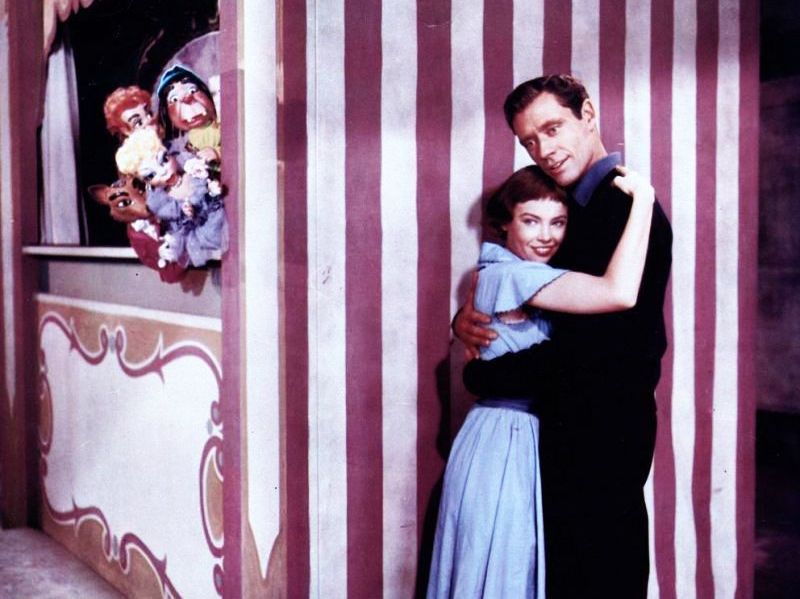In the Golden Era of Hollywood (1934-1954), filmmakers learned to make difficult topics into films which were acceptable for all audiences. Under the guidance of the Production Code Administration (PCA), obscene plays and books were made into mature but tasteful films such as “These Three” (1936) and “Casablanca” (1943). Every once in a while, despite the PCA office’s best attempts, a film would slip through which was technically acceptable but still had a disturbing trace left from its dark source material.
I found such a film in 1953’s “Lili.” Enamored by the magician, Lili follows them back to the carnival, where Marc gets her a job as a waitress. When she is fired the first evening, she contemplates suicide but is stopped by Berthalet’s quartet of puppets.

She loves them instantly, not seeming to realize the brooding Berthalet, whom she had previously dubbed “the angry man,” is the one behind them. When a crowd gathers, charmed by Lili’s natural interaction with the puppets, Berthalet senses a potential goldmine and hires her to be a regular part of the show. Jacquot tells her that Berthalet is a former ballet dancer whose career was cut short by a leg injury from the war.
Frustration over his lost career and shame from his limp have driven him to hide behind a puppeteer’s curtain and made him into the embittered drunk Lili now sees. Although she is touched by this story, she is still frightened of Berthalet, who does little to ease her fears by .























